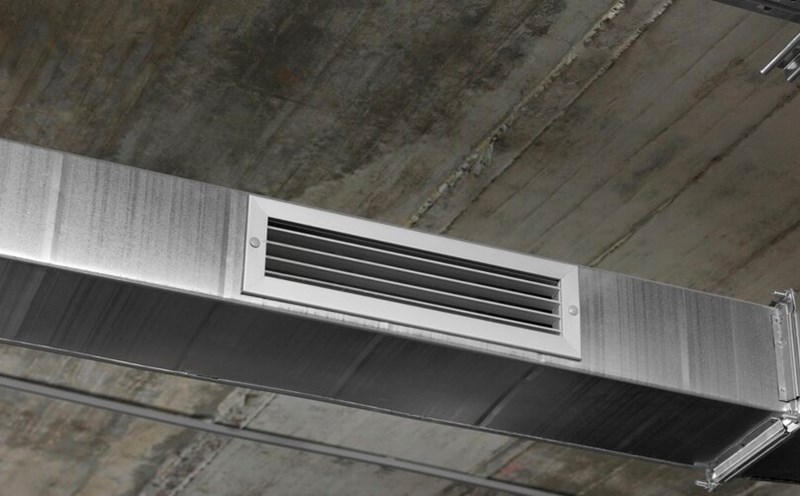When mentioning power consumption, air conditioners are often "faulted" as the leading culprit. However, many other household appliances can silently consume more electricity than air conditioners, especially when used improperly.
Hot water bottle
One of the most common types of electrical short circuit devices is hot water bottles, especially if left in continuous mode. With an average capacity of 2,000 - 2,500W, a refrigerated hot air bottle used all day can consume double the amount of electricity in air conditioners at an economical level.
Old refrigerators can have power outages 24/7
A refrigerator is a device that operates continuously. Old refrigerator models, without investor technology, can consume 1.2 to 2 kWh per day, or even more if the refrigerator is snow-closed or relocated in the wrong position. In addition, the habit of opening the refrigerator regularly also causes a significant power outage.
Electrical stove, oven consumes high electricity in a short time
Although the usage time is not much, the large capacity of electric stoves, magnetic stoves or furnaces (from 1,800 to 3,000W) allows them to consume a large amount of electricity in just 30 minutes to 1 hour of use.
Laundry machines and dryers consume electricity and water if used incorrectly
According to research by the US Environmental Protection Agency (EPA), washing machines and dryers can account for 13% of the total electricity consumption in households.
Washing a lot of small batches, using hot water and drying them regularly can double the amount of electricity consumed compared to smart ways of using them like washing cold water and drying them naturally, says Matthew Collins, an energy engineer at the Massachusetts Institute of Technology (MIT).
The device for waiting mode will silently cut off power
TVs, computers, digital receivers, even microwaves when left in standby mode still silently consume electricity. Research by the International Energy Agency (IEA) shows that the electricity consumed from non- potencies can account for up to 5 10% of electricity bills per month.
What is the solution to save?
Experts recommend that users should:
- turn off the device when not in use.
- Invest in energy-saving equipment (energy brand).
- Regular care and maintenance.
- Change your usage habits (watching at off-peak hours, not turning on hot air balloons all day...).











